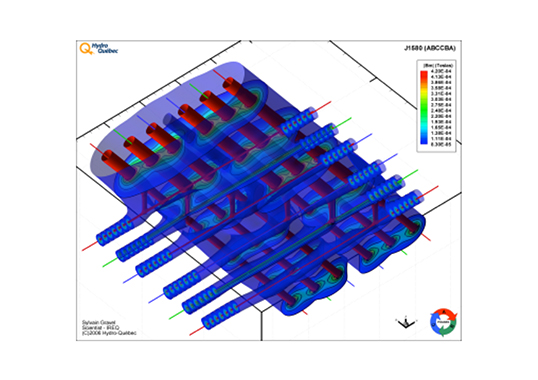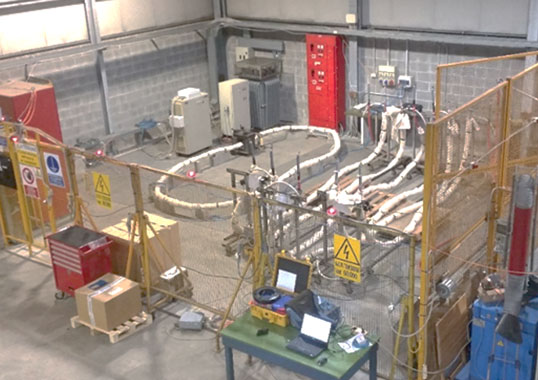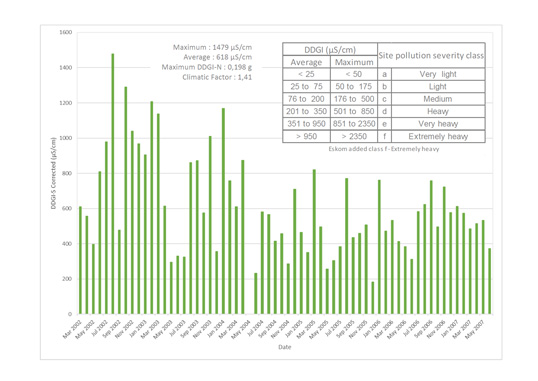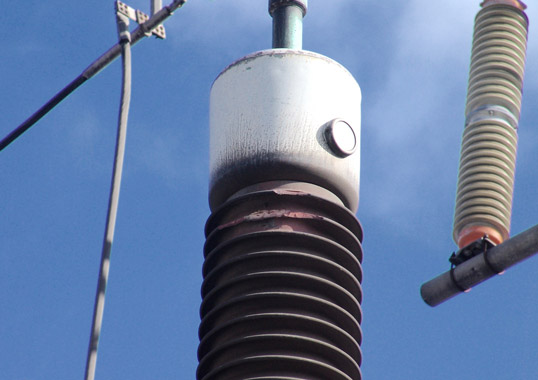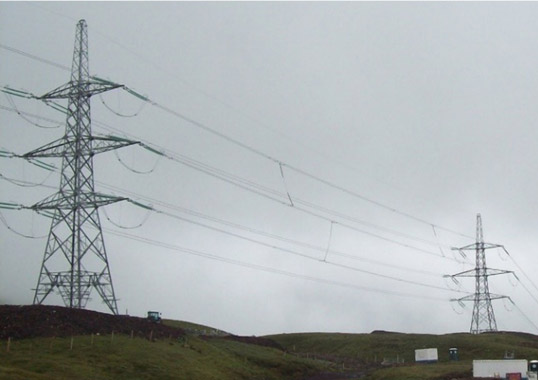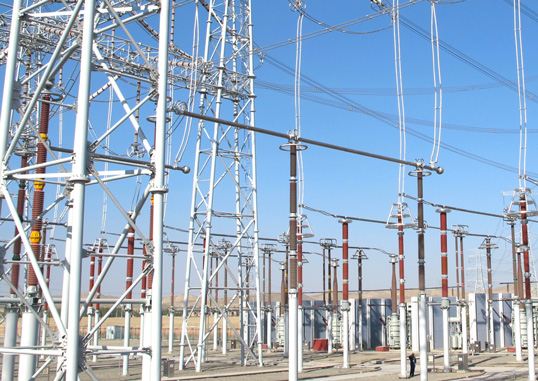At higher voltages or currents, distribution of electric and magnetic fields can lead to system failures. This edited contribution to INMR by experts at INTEGRATED Engineering Software in Winnipeg, Canada, summarized how IREQ, the research and testing arm of provincially owned utility, Hydro Québec, was able to analyze magnetic flux density near a distribution line. IREQ scientists utilized the Boundary Element Method (BEM) field solver for an open region problem connected to such fields. Since this class of problem exhibits no symmetry, a full 3D analysis model was required.
Maxwell equations can be formulated in differential form or in integral form. The former is associated with Finite Elements while the latter with Boundary Elements and both approaches can be used to solve complex magnetic structures. However, since this particular case involved an open region problem, BEM was the preferred tool. This avoided need to create a mesh in an open space, far from the area being analyzed.
BEM software solves Maxwell equations in integral form using an equivalent source Green’s function approach. As such, computational elements need only to be defined on the surface of interest and not inside them. In this analysis, IREQ scientists were able to analyze magnetic flux density values using FARADAY, an easy-to-use 3D eddy current solver that it has relied on for many years.
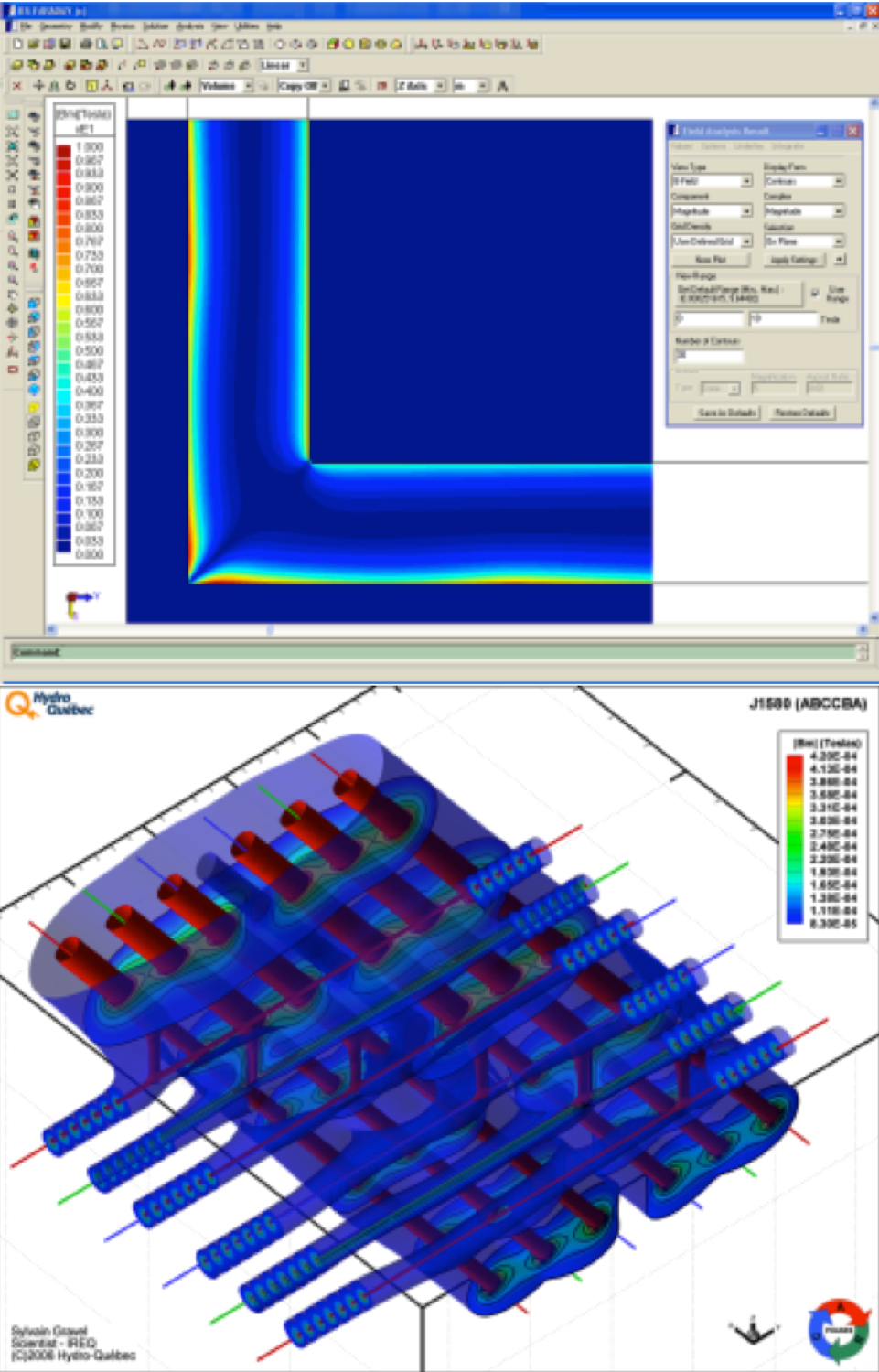
Sylvan Gravel of IREQ explained that FARADAY’s application to power lines has proven highly successful and that it is well suited for analyzing power lines due to its focus on open boundary problems. This simulation software analyzes fields through the given currents. Once the cubic area to analyze is defined and field values in this section are computed, the points of interest become the isosurfaces, i.e. their shape, exact position and extent in space in the relation to conductors. By contrast, the number of unknowns required using Finite Element techniques for such open region problems would become prohibitive.

According to Gravel, FARADAY was the right tool for analyzing open boundary applications and allowed IREQ to analyze magnetic field and change current to increase or diminish fields at specific locations. In addition, results could also be used as quick verification of the proper phasing of input data. Using this simulation software in conjunction with an easy to use graphical interface, IREQ was able to readily view resultant magnetic fields. Moreover, geometry could be varied parametrically to obtain optimal field configuration.
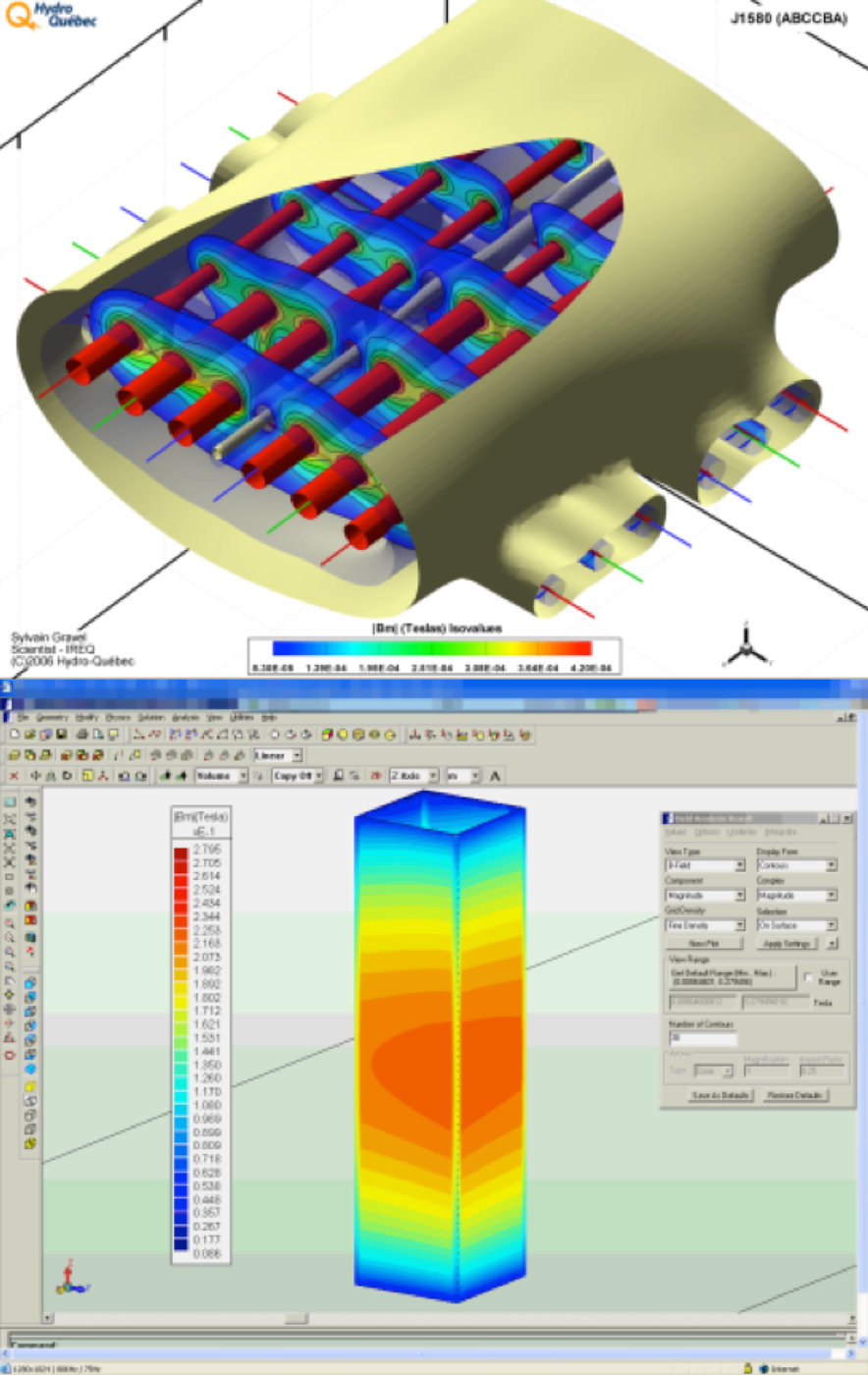
[inline_ad_block]

